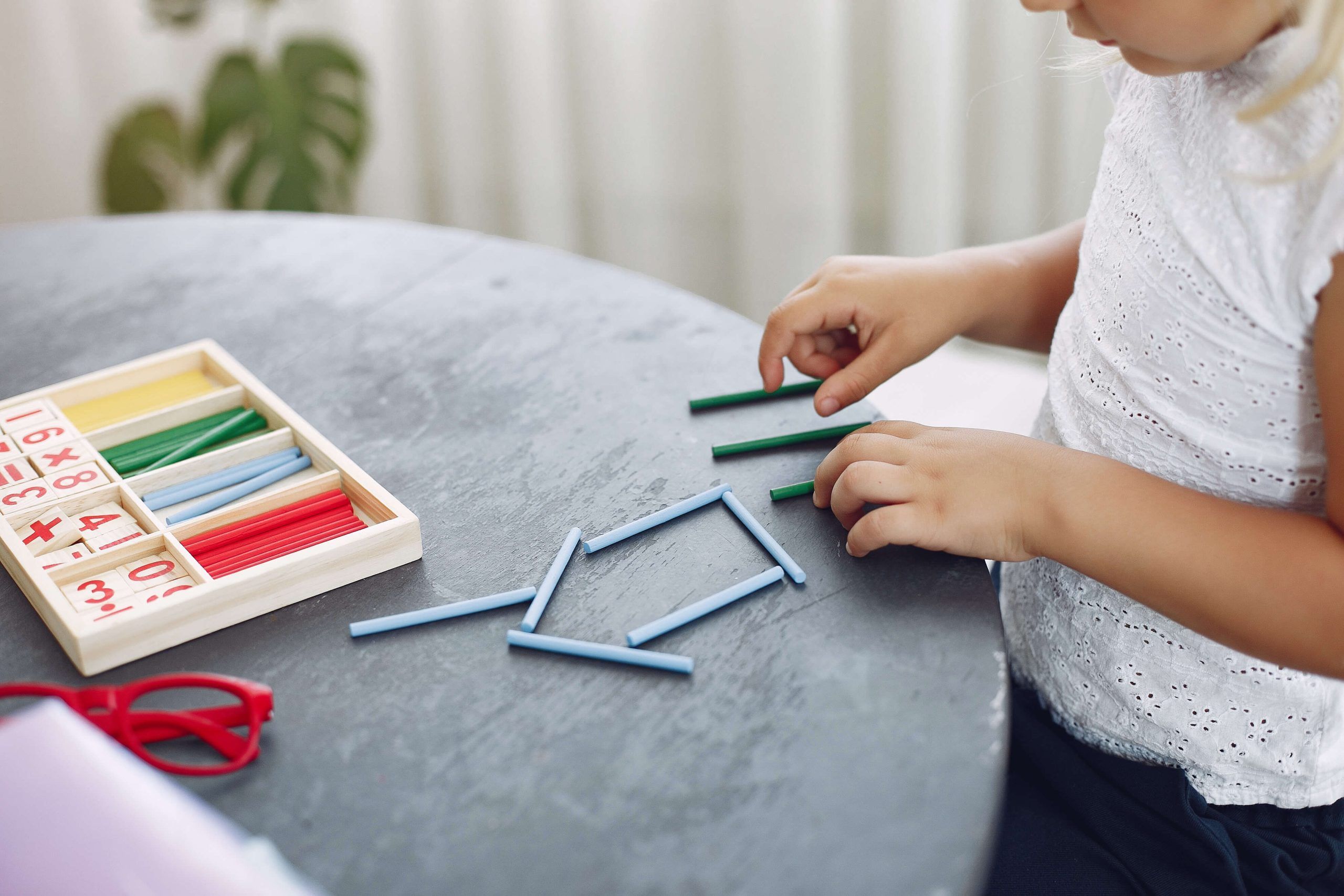How to Teach Subtraction to Kids: 10 Best Methods
reviewed by Camille Ira B. Mendoza
Updated on May 14, 2024
Most adults can subtract numbers quickly, even though it’s more complicated than addition. You can instantly solve 10 – 9 or 14 – 6 because you have learned subtraction facts by heart in school.
How can you help your kids calculate two-digit numbers in their minds correctly? I’ll share with you methods for teaching subtraction, explain the main points in ‘teaching subtraction strategies’, and you will be able to read an interesting personal case from a math teacher who is also a preschooler’s mother.
Let’s start with the basics.
What are subtraction facts?
Subtraction facts are subtraction equations involving certain number combinations within tens, like 10 – 5 = 5.
Here are a few subtraction examples:
Subtracting zero from a number doesn’t change its value |
Simple subtraction equations |
|
5 – 0 = 5 |
10 – 3 = 7 |
|
9 – 0 = 9 |
8 – 4 = 4 |
|
3 – 0 = 3 |
14 – 6 = 8 |
When should children learn subtraction?
Children should start learning subtraction from 4 to 6. Basic subtraction is among the first math concepts children begin to study alongside addition. Subtraction should be taught gradually, and usually, it begins in preschool.
Teachers explain subtraction to a child in an interactive way: they introduce kids to gains and losses and math operations that reflect them.
Kids learn to associate numbers with items and realize they can calculate and express losses using math language. Although Common Core math subtraction standards do their best not to overwhelm students with complex subtraction theory all at once, children struggle with this operation anyway.
Which is the best method of teaching subtractions?
The best way to teach your child subtraction is to select age-appropriate information. Don’t demand too much from your child, and don’t pressure them to learn so as not to discourage them.
You can help your child learn subtraction by implementing simple teaching strategies, which you’ll learn more about below. For example, use educational resources. Browse Printable Subtraction Worksheets for Your Kids!
Brighterly’s tutors teach your child to subtract
To make it easier for your child to learn subtraction, negative numbers, regrouping place values, and other topics (according to their age group), you should contact the professionals at Brighterly.
Our learning platform can boast of the best tutors who teach kids to subtract and other math academic topics. They teach according to the award-winning curriculum, have a unique personalized approach to each student, and implement an interactive learning program.
Children will always be interested in learning new math topics with Brighterly because the interactive learning experience offers topics in the form of games, quizzes, and personalized learning paths deepening students’ understanding of math concepts rather than simple memorization.
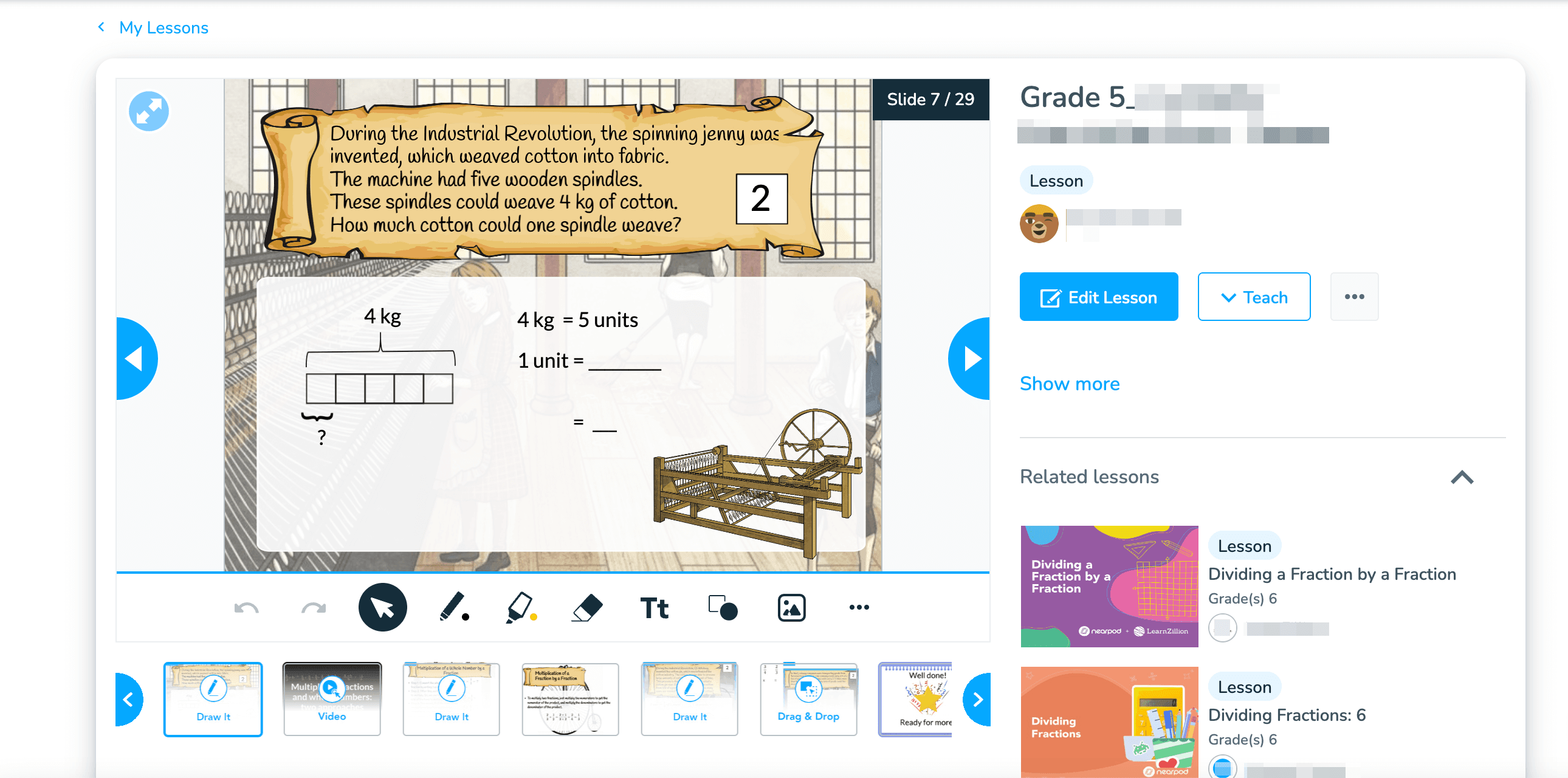
So, if it all sounds great to you, do not hesitate to book the first demo lesson.
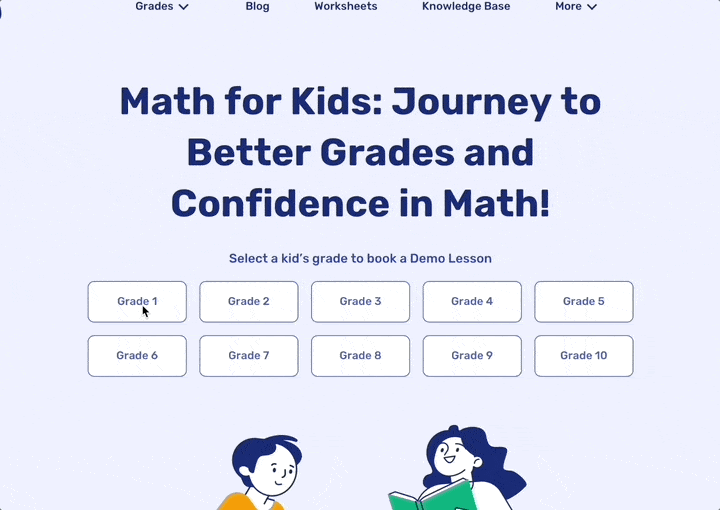
Consequently, your child will practice their computational skills, learn math concepts, and improve their knowledge of math operations under our kind supervision.
10 best strategies for subtraction to teach
- Teaching subtraction according to child’s age
- Building number sense
- Learning mathematical vocabulary
- Transition to abstract numbers
- Use interesting coursebooks
- Teach subtraction using number lines
- Memorizing subtraction facts
- Visualize and strategize
- Using real-world scenarios
- Teach subtraction with math games
How to teach subtraction to kids? The best ways
Teaching subtraction according to child’s age
Many parents fall into a trap while teaching subtraction – they believe that the more theory and tools they provide, the better their kids will learn subtraction. That’s not always the case. If you explain everything about subtraction at a crack, you will leave your kid lost and confused.
For instance, we all know the column subtraction method. However, some take questionable approaches regarding how to teach subtraction with borrowing, like introducing it in the third grade.
Let’s say you need to solve 23 – 9. You write 23 in the top column and 9 in the bottom column. Then, you subtract 9 from 3, resulting in a negative number. But children learn negative numbers in the sixth grade.
There is already a contradiction – students must master a concept that requires knowledge they will access only in the future. By doing so, teachers put a cart before the horse. That’s why they tell third-graders they can’t subtract 9 from 3. Instead, they have to «borrow» 1 from 2.
As a result, 2 becomes 1, while 3 becomes 13. As an adult, you know it happens because you regroup 23 into 10 and 13. However, children get confused. As kids cross 2 and 3 out and write 1 and 13 on top of them, they don’t get 10 and 13. They get 113 and have no idea why 113 – 9 = 14.
How to explain subtraction in the right way?
To teach something complex, you have to build a solid foundation in the first place. Remember the main thing. Math feels like a foreign language to a child. It’s counterintuitive and sometimes drives them crazy (especially subtraction with regrouping).
So, provide your kid with math knowledge based on their current understanding.
What can really help your child learn more about math and subtraction is using platforms with educational resources and categorizing them according to the kid’s age.
For example, an easy way to teach subtraction with math worksheets:
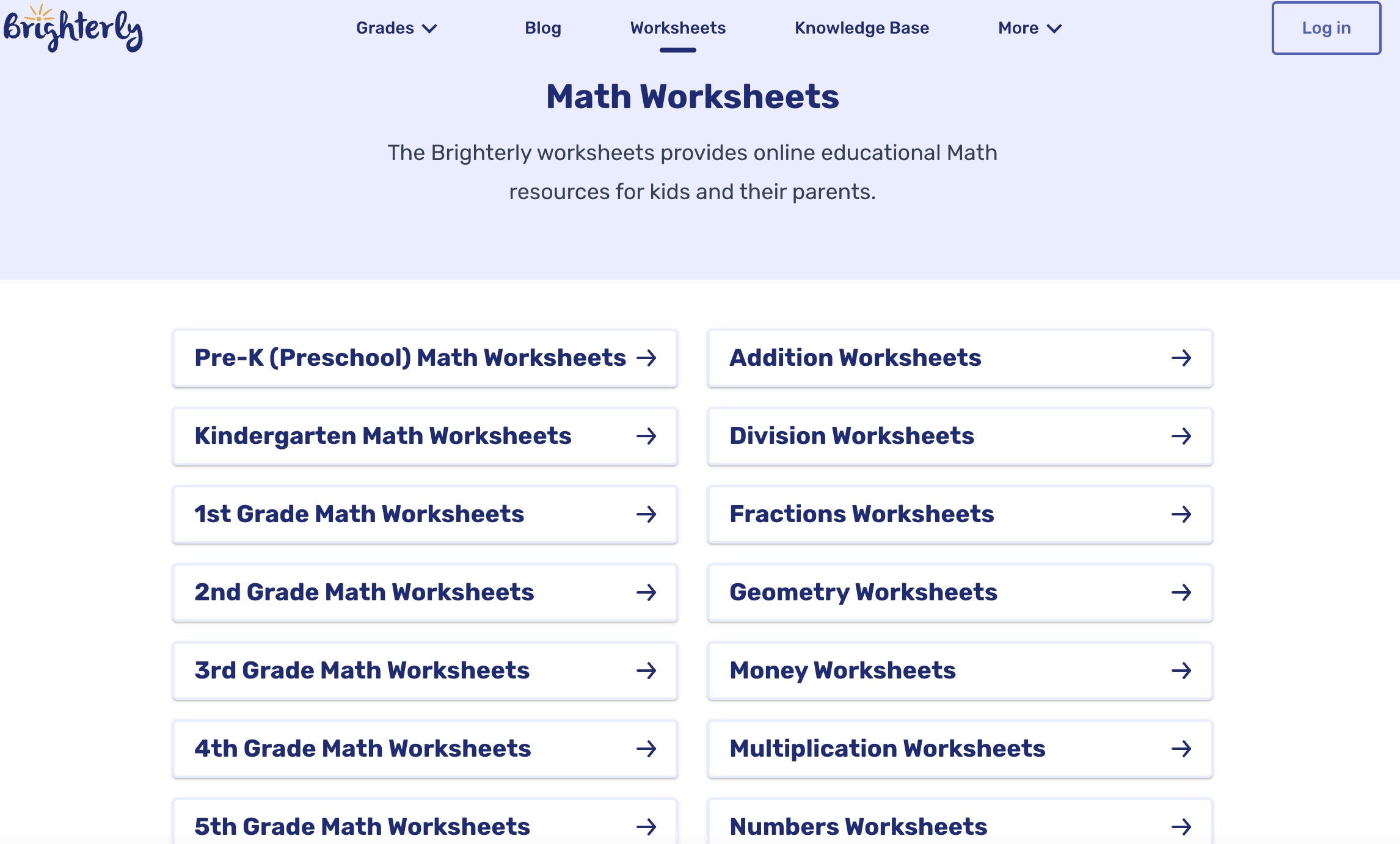
On Brighterly, you can find worksheets according to the child’s age from preschool and kindergarten and for children from 1st to 8th grade.
Subtraction math strategies: building number sense
Establishing a number sense is an important first step in teaching your kids subtraction.
How to teach kids subtraction with these 3 strategies?
1) Count to 20 & count back
Start by ensuring your kid can count to 20 and backwards without missing any numbers.
This simple exercise will help your kid build number sense and learn to subtract more easily in the future.
2) Recognizing the ideas of «one more»/«one less»
Additionally, your kid should learn how to recognize the ideas of «one more» and «one less» than a given variety.
3) Ability to «make up» numbers
Here is a crucial way of number sense and one of the best ways to teach subtraction – the ability to «make up» numbers with items like counters or pencils. This allows kids to connect the abstract concept of numbers to tangible objects.
Encourage your infant to increase their subitizing skills to understand the number of items at a glance, as though they were seeing the quantity without counting one by one. This ability enhances their capacity to work with numbers quickly and efficiently, which is crucial for a successful subtraction.
Learning mathematical vocabulary
Another way of teaching subtraction is introducing your kid to mathematical vocabulary.
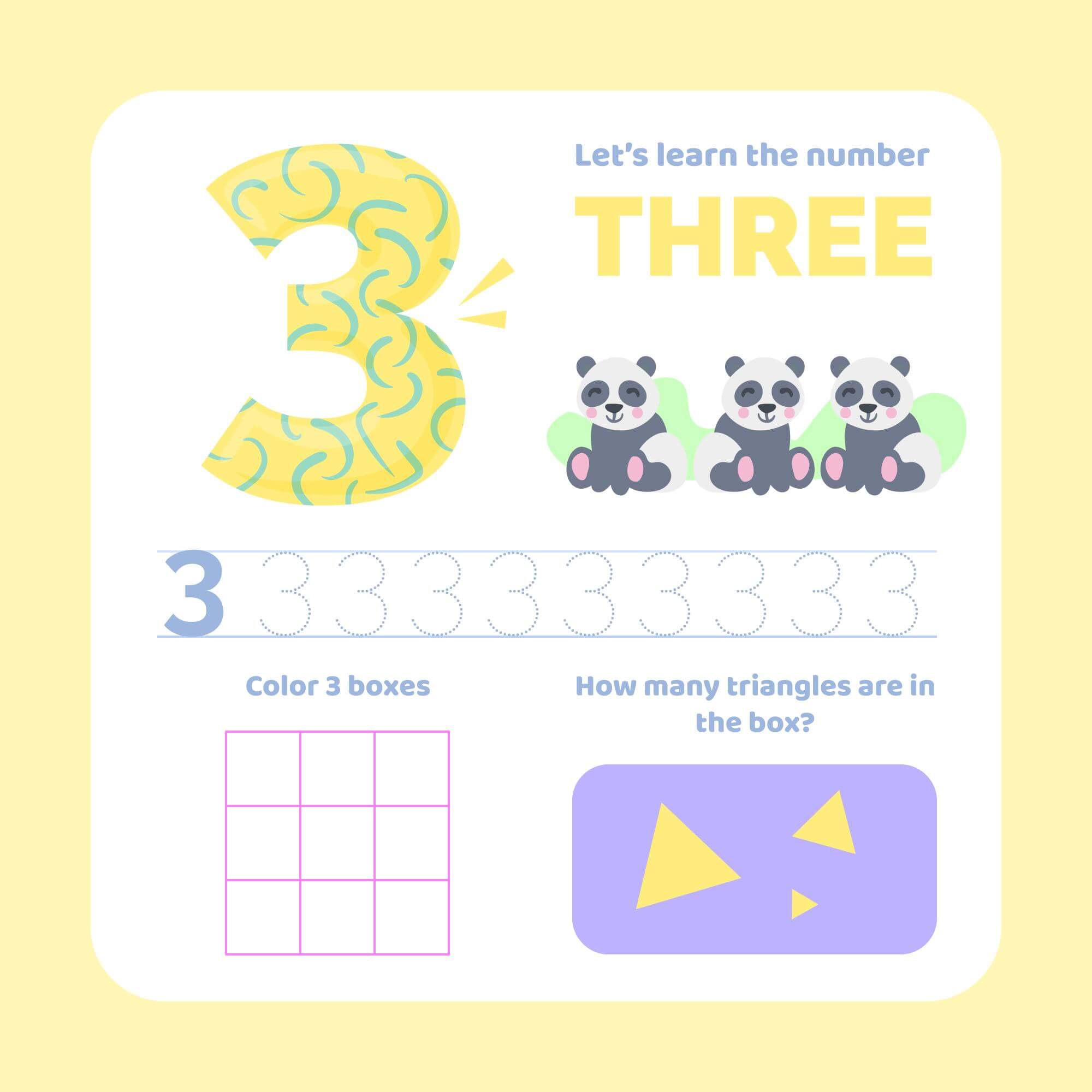
Mathematics often employs numerous words similar to subtraction, and understanding those words is vital for effective conversation in math.
How to teach subtraction via learning mathematical vocabulary?
By exposing kids to math language and subtraction math strategies, you’re now getting ready for success at school and empowering them to recognize and solve subtracting math problems at home.
It’s essential to discern that kids may be hesitant to ask questions in class or search for rationalization from teachers, especially if they are shy or reserved. Consequently, they may struggle to understand mathematical terms and concepts, inadvertently falling behind in their studies.
By proactively helping your kids become acquainted with mathematical vocabulary, you equip them with the confidence to participate in classroom discussions and, in turn, deepen their understanding of mathematical concepts.
Incorporating mathematical terms into regular conversations and exercise sessions is an easy but effective manner to gain your kid’s mathematical language skills. This approach additionally reinforces the child’s knowledge of subtraction and different math standards.
Transition to abstract numbers
Once your kid feels fine with realistic and visual subtraction math strategies, it’s time to run with abstract numbers. This step includes your kid keeping a large number in their mind and counting backwards via the large number, using subtraction ‘how to’ methods, and reducing it gradually until they find the answer.
This mental calculation reinforces their subtraction knowledge and sharpens their mathematical competencies.
While this transition may be extra hard, it is a critical step in fostering a deep expertise in subtraction. If your kid now and again loses count when subtracting mentally, they can use their palms as a counting aid.
Practice is prime at this stage. Encourage your kid on how to subtract large numbers mentally, regularly lowering their reliance on visual aids or physical items. With regular practice, they’ll improve mental subtraction, a precious skill for their mathematical adventure.
Explain subtraction to a child with coursebooks
Sometimes, additional resources can offer precious guidance in the teaching method that can be good for your child. For example «Subtraction Facts That Stick» – a coursebook that offers complete lesson plans, engaging games, and worksheets.
This all-in-one book streamlines the teaching technique, saving effort and time in planning classes and sports. It’s a convenient choice for dads and moms who must ensure that their kid’s subtraction knowledge certainly sticks and that they have a properly-dependent approach to teaching this fundamental math concept.
How to teach a child subtraction without using fingers?
- Teach subtraction using number lines
- Memorizing subtraction facts
- Visualize and strategize
- Using real-world scenarios
- Teach subtraction with math games
Teach subtraction using number lines
Number lines help kids master subtraction within 20.
So, how to teach simple subtraction with this method? Here is how it works:
- Draw and separate a line with 20 equal segments. Number them from 1 to 20.
- Explain that your kid can subtract by counting backward on the number line.
Let’s take 8 – 5 = 3 as an example. Find 8 on the number line. Then, jump five times back: 8 → 7 → 6 → 5 → 4 → 3. Consequently, 8 – 5 = 3.
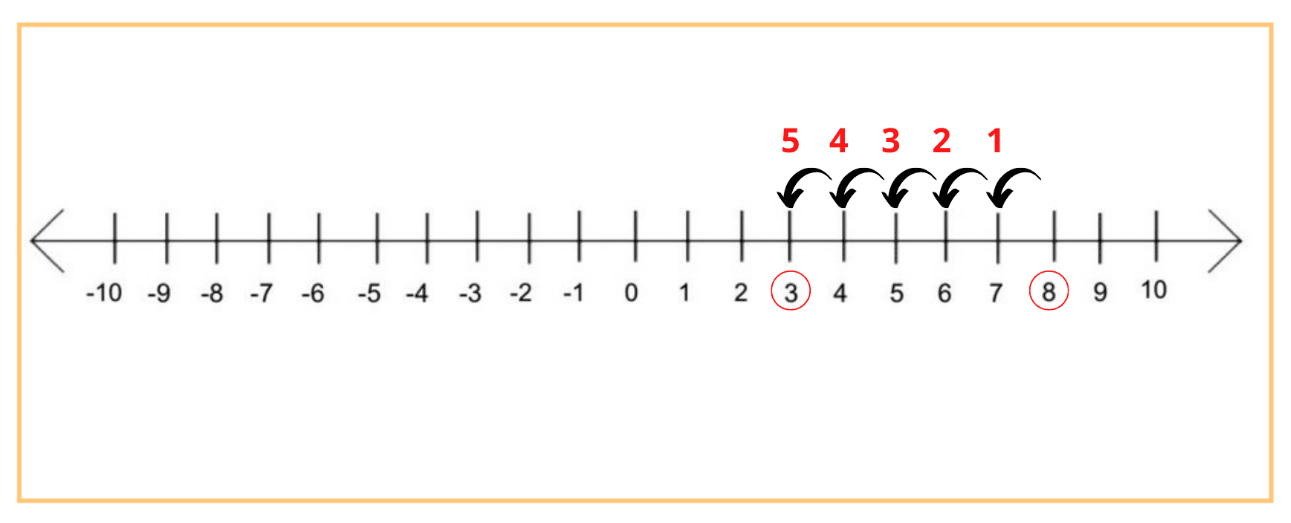
Note: Number lines fit preschoolers and first-graders as their math curriculum involves subtraction with numbers up to 20. Subtracting any numbers beyond 20 with number lines will confuse your child.
Learning subtraction via memorizing subtraction facts
Memorizing subtraction facts helps your child figure out basic subtractions, and subtract numbers in their head without thinking in the near future.
For example, you instantly know the answer when you see 10 – 5 or 6 – 3. Yeah, that is what I’m talking about. Fluency with subtraction facts allows kids to calculate two-digit and three-digit numbers in their minds much faster.
To strengthen memorization skills, you can use various games and exercises to encourage your child to react and respond quickly. Regular repetition of facts is a useful practice.
Using everyday situations as opportunities for practice can also significantly improve subtraction skills. Ask your child to count how many cookies will be left if you take two out of five, or how many toys will be in the box if you take one out.
Subtraction math strategies: visualize and strategize
Visualizing numbers and growing efficient subtraction strategies is an easy way to teach a child subtraction.
Note: It’s essential to teach your child the subtraction facts with comprehension instead of memorization.
This technique shifts the point of interest from merely memorizing subtraction data to knowing the underlying ideas, making math more accessible and exciting to your kids.
When children visualize numbers as organized figures, they can flow far away from the tedious technique of counting personal items individually. For instance, while subtracting 12 from 4, they do not need to check doing away with four counters from a pile of 12. Instead, they could visualize those numbers extra abstractly as organized items.
Teaching your kid to apply techniques that capitalize on their capability to visualize numbers empowers them to tackle a wider variety of subtraction problems with self-assurance. This shift in the direction of knowledge over memorization is a pivotal step in their mathematical journey, supporting them to construct a robust basis for how to learn subtraction and other math basics.
Using real-world scenarios
Engaging children in actual-world situations and problems can be a notably effective technique for teaching subtraction. By crafting examples or events that involve subtraction, you allow your kid to visualize the process and understand how to subtract numbers in real-life situations. Real-life examples bring mathematical principles to life, making them extra relatable and less complicated to understand.
These scenarios may be as simple as calculating the number of apples left while a few are eaten. Or how much cash remains after creating a purchase. Or how many hours have passed since breakfast.

By contextualizing subtraction in everyday life, you help your kids connect the dots between mathematical concepts and the world around them. This not only enhances their expertise but also demonstrates the actual-existence applicability of Common Core subtraction.
As your kid encounters various situations and problems, they broaden their thinking capabilities and the ability to use subtraction in different conditions. This prepares them for extra complex mathematical challenges they may face as they continue their education.
Kids to master the subtraction facts via games
Studies suggest that repetitive math drills yield the best results. They help kids memorize math concepts and build computational fluency. However, the problem is that students can’t stand solving exhausting math drills for a couple of hours three times a week.
Make mastering the subtraction facts fun! The good news is that you can give them enough math practice with fun subtraction math games. Entertaining characters, smooth animations, and built-in math drills make math learning fun and easy.
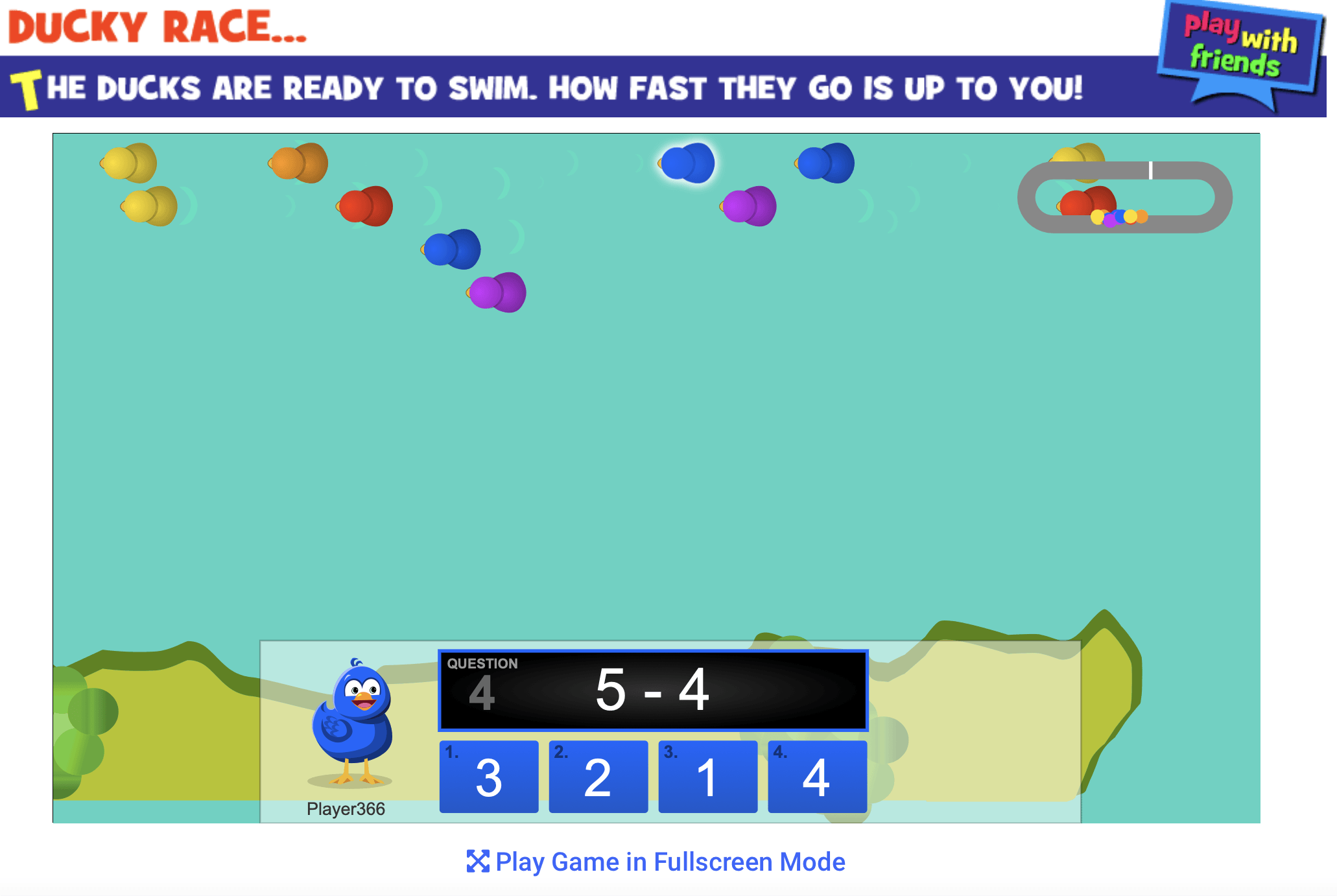
Consistent and focused practice guarantees that your kid’s understanding of subtraction is not only complete but also that they can apply it fast and properly. This step bridges the gap between know-how and practical utility, making subtraction an imperative part of their mathematical toolkit.
What is the best way to figure out subtraction problems? (Case)
To help your child figure out challenging subtraction problems, combine several strategies – learning with number lines, visualizing and strategizing, and using real-world scenarios.
Ways to teach subtraction: insights from a math educator parent
Geillan Aly, founder and CEO at Compassionate Math, uses the methods of «Learning with Number Lines», «Visualization and Strategizing», and «Using Real Life Scenarios», when working with her own child because of their effectiveness.
Geillan told us how she practices subtraction with her 5-year-old child who is about to start kindergarten. Also, she shared with us her “no-nos” when teaching subtraction to kids:
“My husband and I spend a lot of time supporting our child through games and play.”
«As a math educator and former college professor, I’m also conscious of teaching him ideas that will NOT adversely affect him later. Such as «You always subtract the little number from the big number.
I’ve worked with a lot of developmental algebra college students and when speaking to them, it seems that they picked up ideas that they hold onto later.»
What does college-level math have to do with the challenges kids face when they learn subtraction?

Many learning problems can be rooted in childhood, from the wrong approach to learning math or any other academic subject in the early years.
“This can be in the form of a «math rule» that only applies in one case, but that nuance gets lost and then the student applies this «rule» incorrectly moving forward.”
So, how to teach subtraction to your child?

Here are some subtraction math strategies that Geillan employs with her own child, based on her extensive experience as a college professor and a parent.
“When counting, or when we're talking about numbers, I ask him «What is the number before 23?». The «number before» gets him to start thinking about the number line and that he can go in different directions. We don't use a formal number line, this is just part of our conversation.”
Geillan and her husband don’t push these ideas in ways that conflict with other more complex concepts, such as place value, while teaching subtraction. For example, they don’t ask their son what comes before 30 because it may not be age-appropriate.
“For now, I want him to understand the idea and gain confidence. I will say that when I think he's getting there. We’ve started asking «What is 2 numbers before, or 3 numbers before another?”
How to teach basic subtraction? Example #1:
To demonstrate a real-life example, Geillan shared with us a recent dialog with her son where they practiced subtraction. Teaching 2-3 digit strategies for subtraction:

Mom: Honey, what number comes before 23?
Kid: 24.
Mom: One number before.
Kid: (lots of thought) 22!
Mom: Great. So what number comes before 20?
Kid: (thinking) 19!
Mom: GOOD JOB! Do you want a super hard number?
Kid: YES!
Mom: OK. What comes before 40.
Kid: (LOTS OF THINKING TIME) I don’t know.
Mom: OK. Let’s figure it out together. What’s a number that can help you?
Kid: 1
Mom: Bigger than 1.
Kid: 10
Mom: Bigger than 10
Kid: 20
Mom: Bigger than 20
Kid: 40
Mom: Between 20 and 40
Kid: Ummmm… (gets distracted and starts doing other stuff and playing with something else.)
Additions from Geillan Aly on teaching 2-3 digit strategies for subtraction:
“I just moved on from there. His attention span reached its limit and he tuned out when his cognitive load was overwhelmed. I didn't make a big deal of it but pushed him just enough.”
An example of subtraction practice #2:
This example is dedicated to what was mentioned above – no contradictions!
Pay attention. Geillan’s examples and teaching of subtraction to her child were based on her own experience teaching older students. She noticed how their formative experiences set the stage for misconceptions and lower outcomes over time.
Conclusion
Parents have room to improve their strategies to help kids learn and understand subtraction topics. It starts with the understanding that learning subtraction is more complex than addition, but children can do it without effort if you teach them correctly – start low and go slow.
Keep in mind that the best strategy for teaching your child is to use information according to their age. Also, add the following strategies (don’t forget to tailor your child’s subtraction fact practice) to explain what subtraction is and how it works: memorizing subtraction facts, learning mathematical vocabulary, using real-world scenarios, using subtraction games, etc.
In addition, you can always turn to tutors from Brighterly. Here are the best specialists for children from 1st grade. They can help your child understand subtraction topics faster. You’ll find a personalized approach to learning, interesting interactive resources according to the child’s age, learning in the form of games, interesting homework that you can do together with your child, and more.
Book your first demo lesson with one of our math teachers today.




